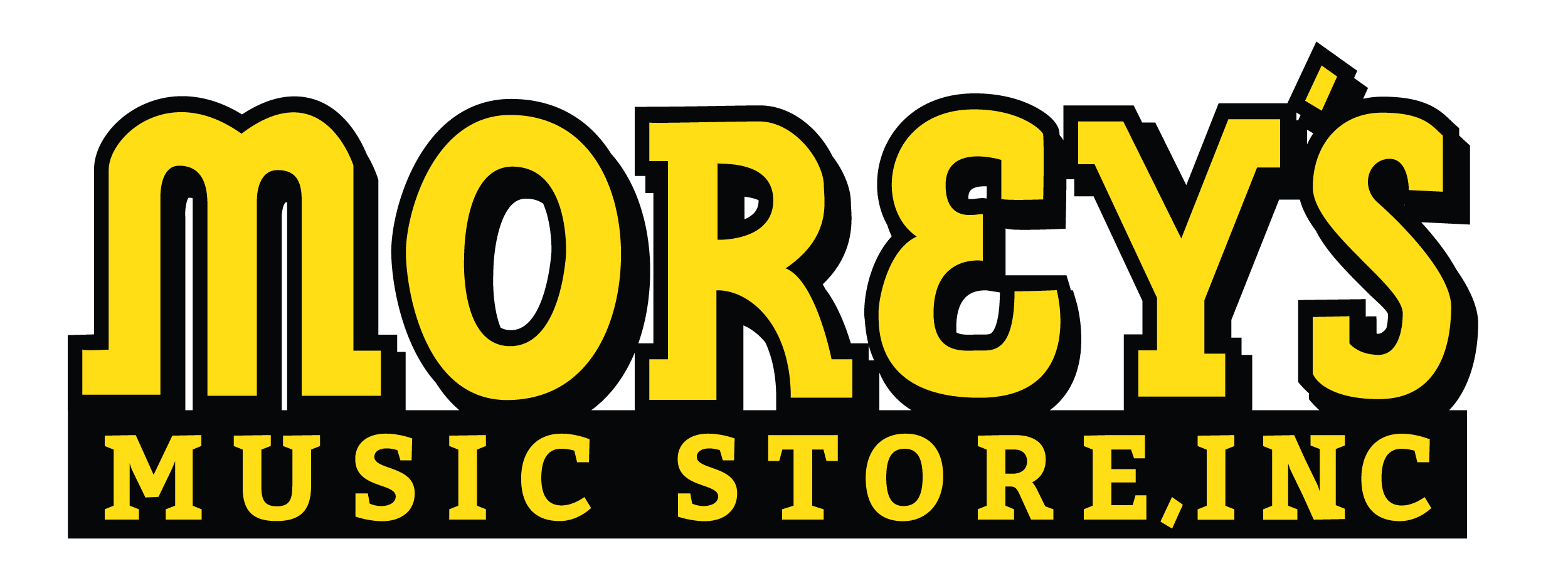We are often asked by parents “Why should I pay $400 – $600 for a violin when instruments are readily available on-line for under $200?” This is a fair question and requires some education about the importance of finding a carefully set up instrument which was crafted with well-seasoned wood. Wood that is not thoroughly or correctly dried is one of the primary causes of warping and structural problems that can render an instrument unplayable.
Correct instrument set-up and the time/cost associated with it is one of the least understood aspects of starting a student on a string instrument. Proper set up is crucial in helping students excel in their musical efforts. A poorly set-up instrument is difficult to play and will not stay in tune for any length of time. This is discouraging to the student, who assumes that it is their fault that they can’t play one string by itself or are out of tune and drawing a poor sound.
An instrument with expert set- up will have the following features:
- Pegs that turn easily and do not slip; without gaps between the pegbox and pegs themselves
- Fingerboard that has been planed and has the right relief for optimum playability and intonation
- A nut that is fit correctly and yields specific string height and spacing
- A bridge that is shaped to the instrument and creates precise distance between strings and fingerboard; this allows the vibration of the strings to be transferred into the body of the instrument. The arch of the bridge also must be shaped correctly to prevent the bow from hitting two strings simultaneously.
- Soundpost that is fitted correctly inside the instrument and is positioned to draw the finest sound
- Fine tuners on the tailpiece that turn easily allowing for micro tuning adjustment
- Quality strings that produce an appealing tone (not just different gauges of wire!)
The problems associated with poor set-up are compounded by the fact that often the pegs, nut, bridge and soundpost need to be replaced rather than re-worked. The cost to address and repair the seven set-up issues listed above varies, but most shops with trained luthiers on staff will charge between $200 and $400 to correctly set up a violin. Cello and bass repair are typically more costly. The wide difference in price is due to variance in severity of the problems. For example, will the fingerboard require 15 minutes of work to be playable or 90 minutes? For parents that can’t afford to purchase a instrument that has the 7 features described above, we recommend renting a properly set up instrument that will help your child excel in their musical endeavor.
